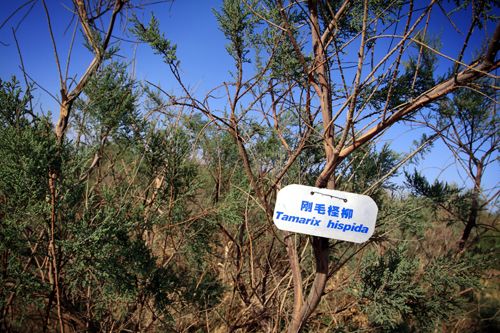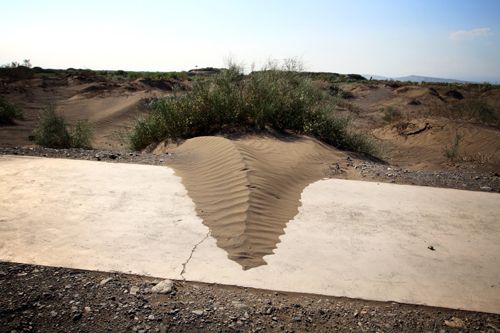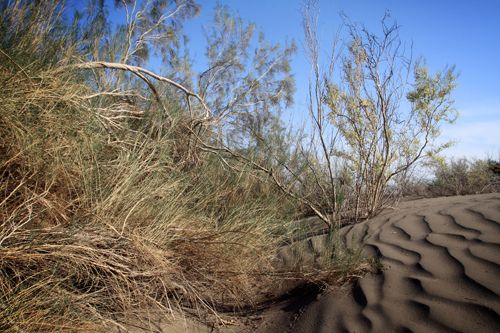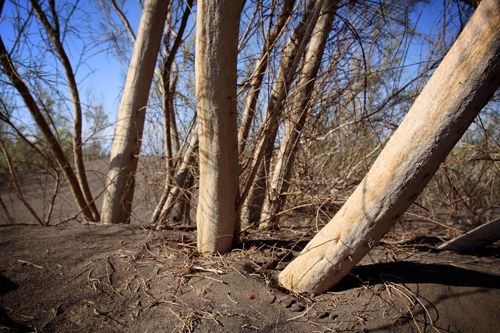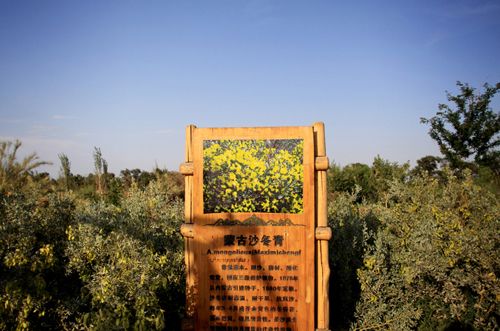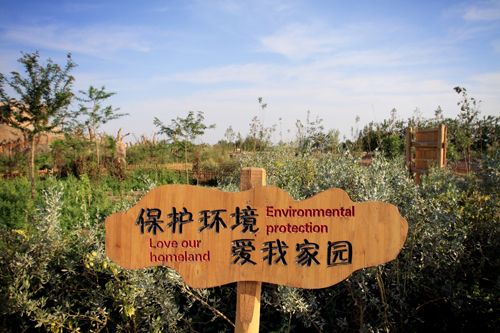Lying in the second lowest depression in the world, at 154 metres below sea level, the Turpan desert botanical garden is China's largest and is at the centre of the race to research and study the effects of desertification and how it can be stopped. By growing and cultivating sand-fixing plants, the researchers of the Chinese Academy of Social Sciences are attempting to find ways in which productivity can be restored to arid land and investigate the success of plants to stop moving deserts in their tracks. The importance of the Turpan desert botanical garden, and others like it around the country, is unquestionable. It is through studying, researching and ultimately applying, sand-fixing and soil-stabilsing plants, which will help to protect the vast swathes of land that are being attacked and taken over. The task is huge, but it is through science and education that China can find ways to fight back against its growing sands.
